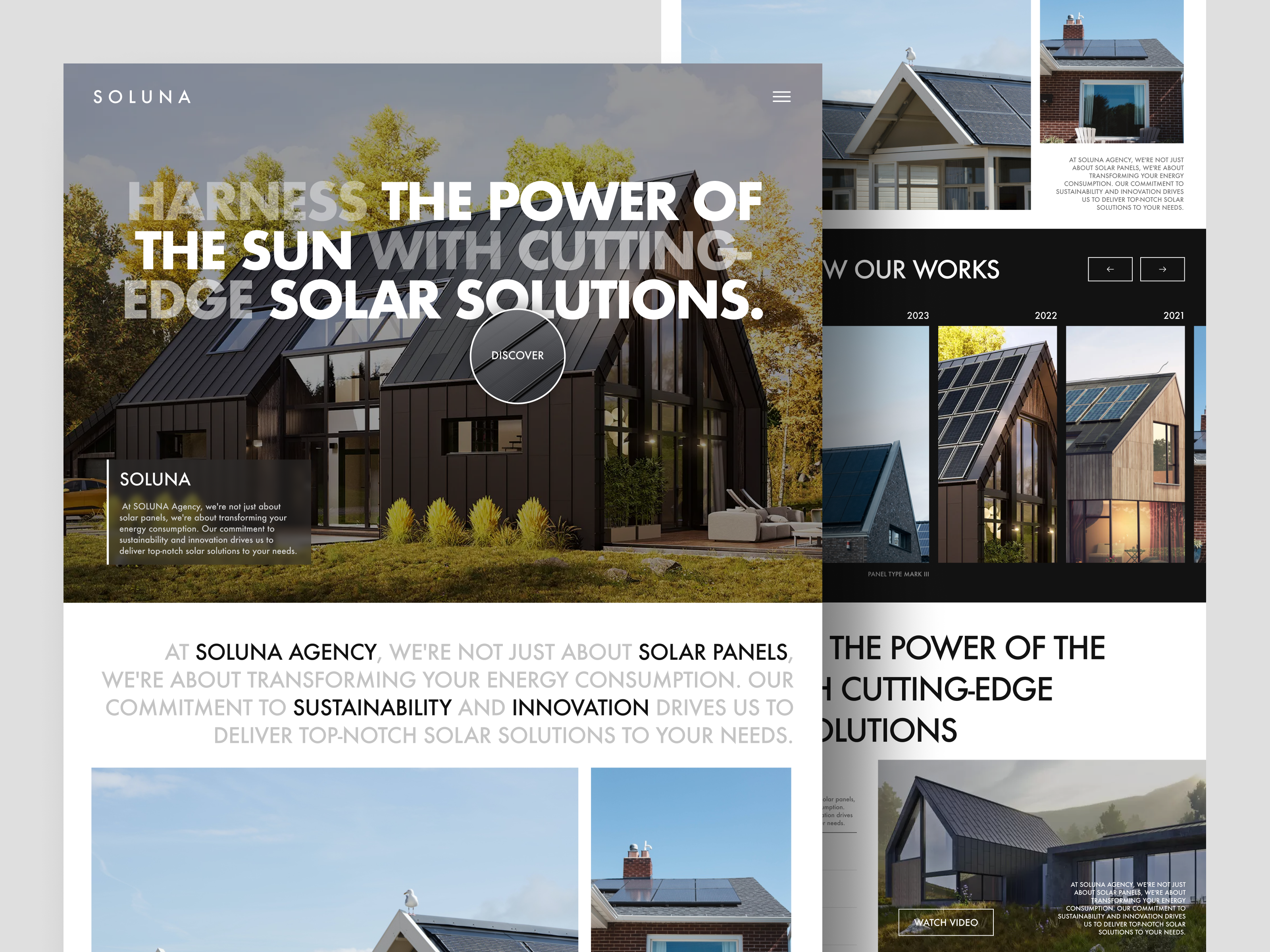Revitalize your home with sustainable design by transitioning from gray to green in an eco-friendly and stylish manner. Incorporate sustainable materials and practices to create a healthier and more energy-efficient living space while reducing your carbon footprint.
Embracing sustainable design is the key to transforming your home into an eco-friendly haven that not only benefits the planet but also enhances your quality of life. By making conscious decisions and opting for sustainable materials, you can revitalize your living space, creating a healthier and more environmentally-responsible home.
From incorporating energy-efficient appliances to utilizing renewable resources and eco-friendly building materials, the possibilities to go green are endless. We will explore the various ways you can transition from gray to green, providing you with practical tips and inspiration to embark on your sustainable design journey. Let's delve into the world of sustainable home revitalization and discover how small changes can make a significant impact.
H2: Understanding Sustainable Design
Revitalize your home with sustainable design! Learn how to transform your space from gray to green with our comprehensive guide on understanding sustainable design.
Definition And Principles Of Sustainable Design
Sustainable design is a holistic approach to designing and constructing buildings that minimize their negative impact on the environment while maximizing the health and well-being of occupants. It is based on a set of principles that guide architects and designers to create energy-efficient, resource-conscious, and environmentally responsible spaces.
Sustainable design principles include reducing energy consumption through efficient insulation and lighting, utilizing renewable energy sources, conserving water through efficient fixtures and rainwater harvesting, and using eco-friendly materials that have a minimal environmental footprint. Designers also prioritize indoor air quality by incorporating natural ventilation and non-toxic materials, and consider the social and cultural context of a project to ensure long-term suitability and adaptability.
Benefits Of Sustainable Design
Embracing sustainable design practices offers numerous benefits. Firstly, it helps mitigate climate change by reducing greenhouse gas emissions and our reliance on fossil fuels. Secondly, sustainable buildings are more energy-efficient, resulting in lower utility bills and operational costs. Thirdly, sustainable design enhances the health and well-being of occupants by promoting better air quality, natural daylighting, and a connection to nature, which can lead to increased productivity and satisfaction. Lastly, sustainable design fosters a sense of responsibility towards the planet and future generations, contributing to a more sustainable and resilient future.
Credit: dribbble.com
H2: Applying Sustainable Design Ideas To Your Home
Looking to transform your home into an environmentally-friendly haven? Start by incorporating sustainable design ideas that not only benefit the planet but also create a comfortable and stylish space for you and your family to enjoy. One key aspect to consider is energy-efficient lighting and appliances. By selecting LED bulbs and energy-saving appliances, you can significantly reduce your home's energy consumption while still illuminating your space brilliantly.
Another important factor to take into account is the use of eco-friendly materials and finishes. Opt for sustainable materials such as bamboo flooring, reclaimed wood furniture, or recycled glass tiles to reduce your carbon footprint. These materials not only add a natural and organic touch to your home but also contribute to a healthier living environment.
Lastly, embrace the convenience and efficiency of smart home technology. From thermostats that learn your preferences and adjust the temperature accordingly to automated lighting systems that help you save energy, smart home devices empower you to effortlessly manage and monitor your home's energy usage while accentuating your sustainable design choices.
H2: Creating A Sustainable Outdoor Space
In today's world, it is essential to consider sustainability when designing your outdoor space. A great way to achieve this is by incorporating native plants and water conservation techniques. Native plants are well-adapted to the local climate and require less water, fertilizer, and pesticides, reducing the environmental impact. Additionally, implementing rainwater harvesting and irrigation systems can help conserve water by collecting and reusing rainwater for watering your plants. Not only does this save water, but it also reduces your water bill.
Another aspect to consider is choosing eco-friendly outdoor furniture and decor made from sustainable materials such as recycled plastic, stainless steel, or reclaimed wood. These materials are not only durable but also reduce the demand for new resources. By opting for sustainable design choices in your outdoor space, you can transform your home from gray to green and make a positive impact on the environment.

Credit: dribbble.com
Conclusion
To bring the transformative power of sustainability into your home, embrace sustainable design. By incorporating eco-friendly materials, optimizing energy usage, and maximizing natural light, you can create a space that not only benefits the environment but also enhances your quality of life.
As we revitalize our homes with sustainable design, we take a step toward a greener future, where beauty and responsibility intertwine seamlessly. Start your journey towards a more sustainable home today and make a lasting impact on our planet.

 inews69
inews69
